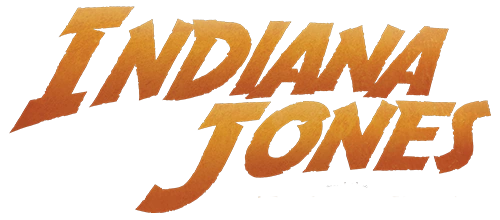An unknown archaeologist was hired by the Smithsonian Institution in the early 1930s to research the artifacts of the world without unearthing them. By the archaeologist's last journal entry, they had cataloged over fifty pieces.
Biography[]
Of Irish descent, the archaeologist had at least one sibling, a sister, and studied alongside Whitney Deviers.
After acquiring their Ph.D., the archaeologist was contacted by the Smithsonian Institution in July 1931 to research the artifacts of the world with specific instructions not to unearth them. While the archaeologist accepted what they found to be an odd request, they assumed the Institute's reason was to base future expeditions on the archaeologist's work. Despite the undertaking, the archaeologist believed that their extensive historical and archaeological background would see them finished within the year.
August would see the archaeologist in Tikal in Central America but come September, they had crossed the United States of America with plans to travel through Mexico, back through the Central American countries followed by Colombia, Peru, Bolivia and Brazil. Peru was reached in November while the archaeologist was chasing the Spear of Illapu and spent more than two days examining the Nazca Lines. The archaeologist noted in their journal that they hoped to return there after their work for the Smithsonian was complete.
After the Americas, the archaeologist headed for Europe around December beginning with Ireland and England with travel on the continent intended to be through France, Italy, Austria and Germany. The archaeologist was in Stuttgart in January 1932 and in Italy later in the month but was encouraged to move on when several trenchcoated individuals began observing the archaeologist. February would see then see the archaeologist in France, researching Joan of Arc and her sword.
The archaeologist began making plans to head into the Middle East in a journal entry dated July 11, 1932 noting the trip would take them through Jerusalem, Transjordania, Saudi Arabia, Iraq and Persia. Just over a week later, the archaeologist stood on the edge of Europe in Istanbul and by October was in Baghdad following up clues to the city's Star Map.
Still in Asia in June 1933, the archaeologist was frustrated that their journey was taking so long. Nevertheless, the archaeologist pressed on from Bombay, traveling the rest of India, then along the edge of Burma into China, across to Japan then into the Soviet Union.
The archaeologist began their travels across Africa in October. Whether the archaeologist completed their work across the Dark Continent was unclear, however, as the last salvagable page of their journal covered December with notes on their search for Alexander the Great's armor. By that entry, the archaeologist had cataloged fifty-five of the world's artifacts.

